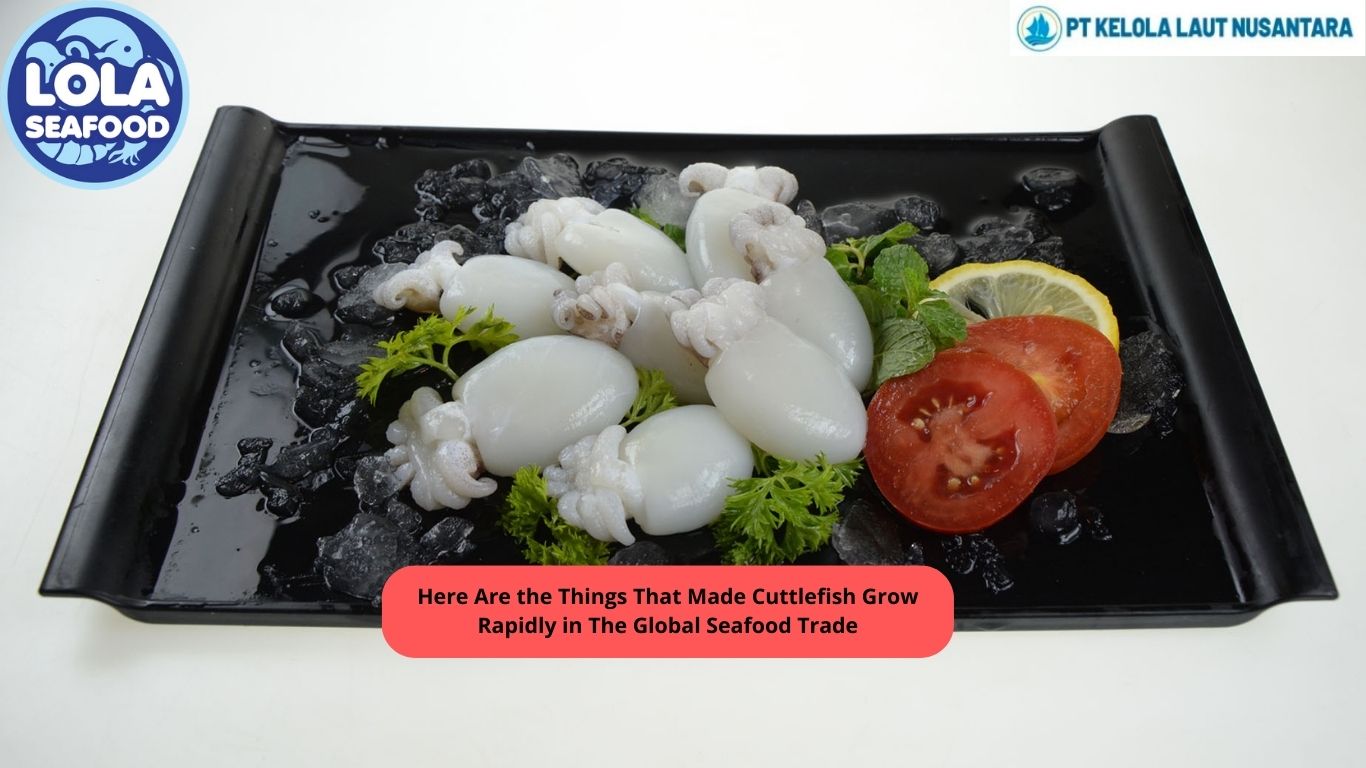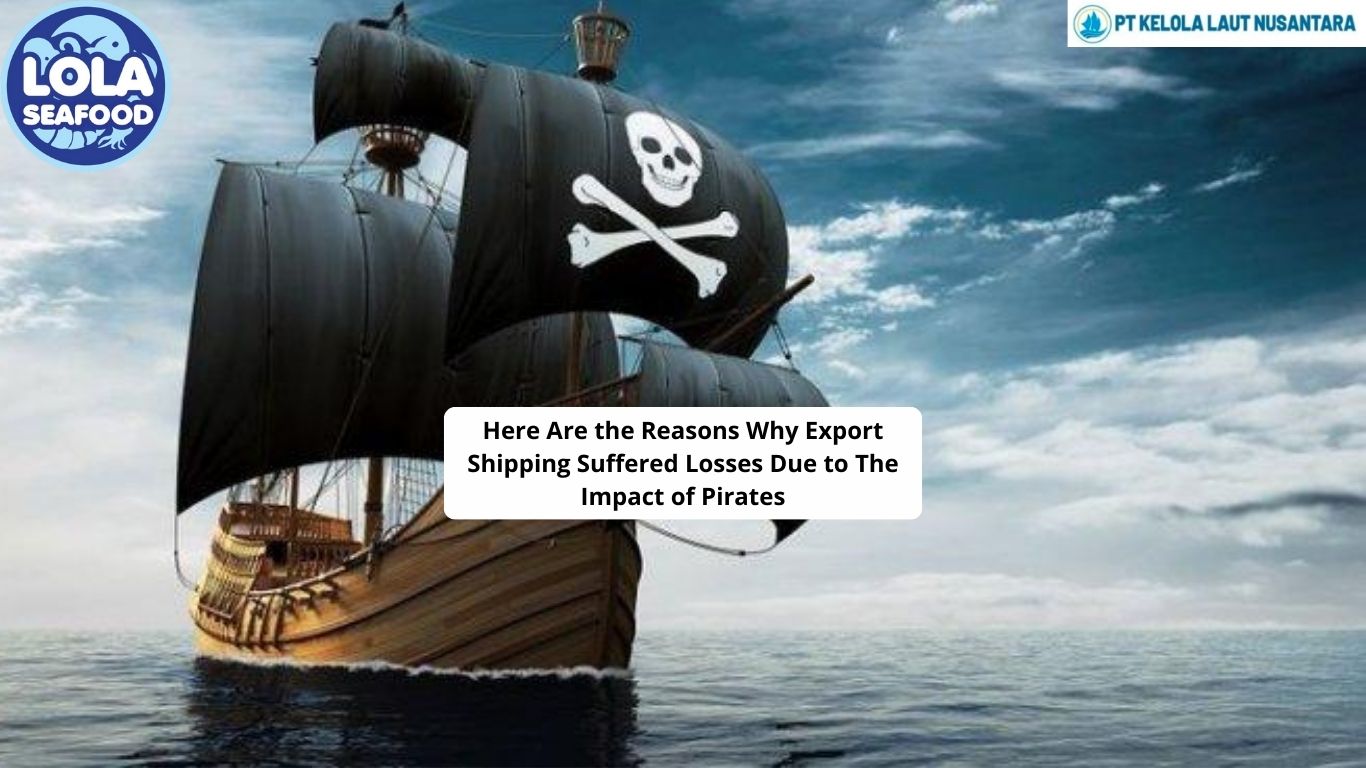Pasteurization as a food processing technique
By. Najih - 12 Jun 2024.jpg)
Pasteurization is a food processing technique that aims to reduce the number of pathogenic microorganisms in food products. Disinfection and sterilization are both decontamination processes. While disinfection is the process of eliminating or reducing harmful microorganisms from inanimate objects and surfaces, sterilization is the process of killing all microorganisms.
Pasteurization can destroy pathogenic microorganisms, such as Salmonella, E. coli, Listeria monocytogenes, Clostridium botulinum, Mycobacterium tuberculosis and Coxiella burnetiid, which have the potential to cause diseases. Second, pasteurization extends the shelf life by reducing the growth of destructive bacteria. With a good pasteurization process, crabmeat can last up to 18 months under refrigeration and be safe to eat. Once you open the can it has the same 3 to 5-day shelf-life fresh cooked crabmeat has. While sterilization destroys all the microorganisms and spores present in the food, in pasteurization, a part of the most resistant microorganisms, a part of enzymes and bacteria spores survive. Sterilized foods are perfectly preserved at room temperature. Pasteurized foods, on the other hand, require a refrigerator both during transport and storage, at a temperature of between 3oC and 6oC, to delay the proliferation of microorganisms and spores present in the food.
The crabmeat is put inside tin cans or plastics cups that are hermetically sealed and then put through a pasteurization process (heat followed by cold just like milk and orange juice). The entire process lasts an average of 4 hours. Two hours at 89oC and then two hours in an ice bath. It is the rapid change in temperature that kills most bacteria since the product never boils. Control Measures Top There are three primary causes of recontamination after pasteurization and after cooking that is performed immediately before reduced oxygen packaging. They are: defective container closures; contaminated container cooling water; recontamination between cooking and reduced oxygen packaging.
.jpg)
 (1).png)


.jpg)
.jpg)
.jpg)

 (3).png)